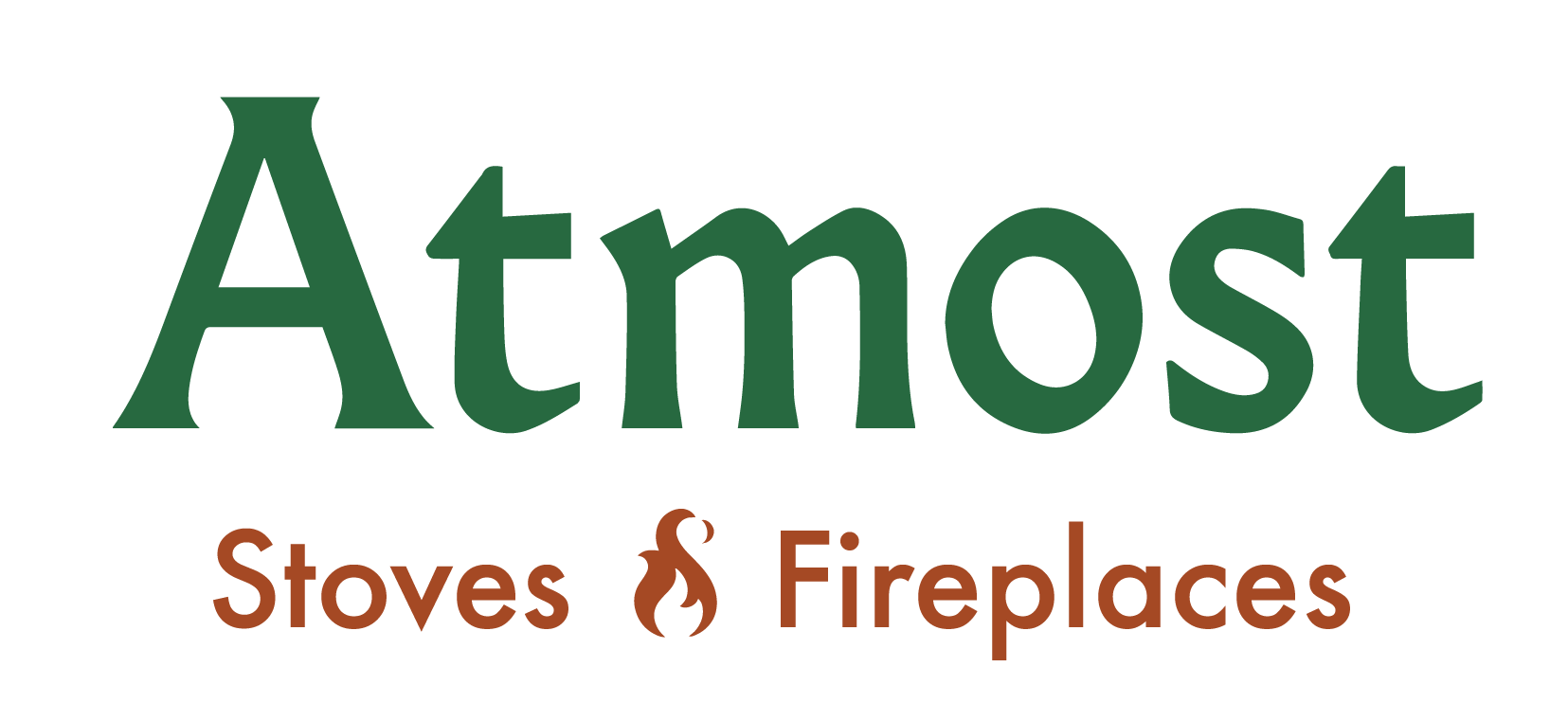Malta is known for its year-round sunshine and warm climate however both locals and foreigners often underestimate how chilly it can get indoors during winter. The reason? Traditional Maltese architecture prioritises keeping homes cool in the hot summer months so they can sometimes feel quite cold inside when the temperature drops. Houses are also very poorly insulated so the heating and cooling battle is an endless one. Due to Malta’s generally mild winters, heating wasn’t a major concern for most people. Layering clothes and using extra blankets would have sufficed for most.
The following is an outline of the methods used to heat and cool Maltese houses over the years.
Pre-Modern Times:
- Passive Techniques: The primary focus involved making homes heat-resistant. Thick walls made of local limestone provided natural insulation against the summer sun. Clever architectural elements like high ceilings and strategically placed windows would have encouraged air circulation and helped to cool homes. Since Limestone is porous, it absorbs water from the ground and rain, tending to remain wet for long periods of time which increased humidity, making winters uncomfortable.
- Open Fireplaces: Open coal fireplaces were used by wealthy families for rudimentary heating. Cooking using wood in a ‘fuklar’ in the most populated wealthy cities was a common practice – these ovens would have been built on the ground floor or cellar having little heating effect for the rest of the house.
Modern Era (Early/Mid 20th Century):
- Limited Heating Needs: With Paraffin Heaters: The introduction of portable and flued paraffin / Potez heaters offered a more controllable heating option, but the cost of fuel limited their widespread use. Unflued systems also emit a lot of water vapour during use, increasing the humidity. The use of Paraffin also emits harmful gases and an uncomfortable scent of fuel.
Late 20th Century – Present:
-
- LPG Gas Heaters: Liquefied Petroleum Gas (LPG) heaters became a more popular option for the majority, offering greater efficiency and control compared to paraffin / Potez heaters. However, proper ventilation is crucial when using them, since fumes are also emitted into the room during the gas burning process. An LPG portable heater has an open flame which is a fire hazard and just like a Potez heater, portable gas heaters also emit a lot of water vapour and dramatically increase the humidity in the house.
- Shifting Focus: As standards of living improved, and the desire for increased comfort grew, so did the use of heating in Maltese homes. Open wood burning fireplaces and wood burning Stoves started becoming a popular addition to Maltese homes not just for heating but also for the cosy atmosphere.
- Air Conditioners with heat pumps: The development of air conditioners with heat pump functionality became a game-changer. They offered efficient heating and cooling in one unit, well-suited to Malta’s climate; however, the type of heat they let off is not pleasant as it tends to be very dry.
- Pellet stoves – pellet stoves are a recent innovation burning leftover sawdust from sawmills in a pelleted form, with most models having been installed over the last 10 years. They are an innovative system with a beautiful flame and practical use. The heat they give off is comforting with a cosy warm real flame. The ability to set the stove on a timer with a self loading system was a game changer for a wood burning system.
- Evolving building practices: While traditional construction focused on staying cool, some modern developers are incorporating better insulation into new builds to improve energy efficiency for both heating and cooling but in the near term there will still be a great need to heat and cool our homes in a sustainable way.
Looking Forward:
- Energy efficiency: With rising energy costs and a growing focus on sustainability, there should be a push for energy-efficient heating solutions in Malta. This could involve better insulation standards in new builds, more government incentives for energy-efficient appliances, and a continued shift towards renewable energy sources. Each application has its advantages and disadvantages for each household, but overall it would be important to not just rely on one system.
